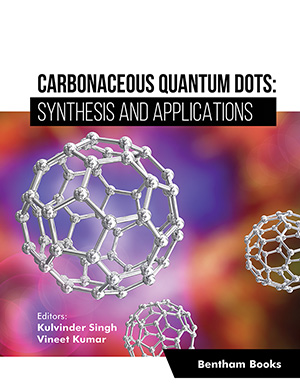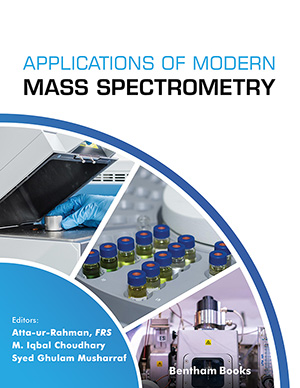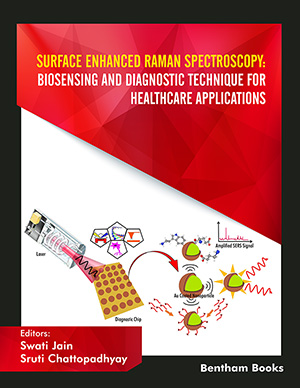Abstract
Introduction: Solar drying is considered one of the most promising technologies for drying the phosphogypsum “Calcium Sulfate Dehydrate” material as a clean source of energy and saving the environment from its negative impact if it is dried in an open landfill.
Method: The dried phosphogypsum (PG) may be recycled and utilized in many useful applications. The presented design of the trapezoidal-shaped greenhouse solar dryer is the preferable solution to perform the drying process in the daytime with solar energy. It may be usable at night, during cloudy and rainy periods, using evacuated tube solar collectors via sensible heat solar thermal energy storage. The system can be operated for 24 hours by solar energy. From theoretical calculations, it was found that the drying time decreased as the gypsum layer in the drying trays decreased due to the improvement of the heat transfer mechanism. The designed solar dryer was studied at various loading capacities depending on the gypsum thickness on the dryer trays. Capacities were 8280 kg, 6624 kg, 4968 kg, 3312 kg, and 1656 kg, corresponding to gypsum thickness of 5 cm, 4 cm, 3 cm, 2 cm, and 1 cm, respectively. The daily collected amount of water and the daily moisture content were estimated with different gypsum thicknesses during all months of the year.
Result: It was found that the solar dryer with a capacity of 1,656 kg weight was technically and economically feasible. It was also found that the maximum reduction of moisture content occurred during the summer season, while the minimum values were achieved during winter.
Conclusion: With a mass of gypsum equal to 1,656 kg weight, the moisture content of gypsum started to decrease from its initial value (35%) until it reached the final value (10%) in 4 scenarios: the first one, 2 days from April to September, 3 days from March to November, more than 3 days in other months while the minimum moisture content, i.e., 20%, was reported in the first day in June.
Keywords: Performance evaluation, solar dryer, phosphogypsum, moisture content, water productivity, industrial waste.
[http://dx.doi.org/10.3390/app11041575]
[http://dx.doi.org/10.4236/gm.2014.43009]
[http://dx.doi.org/10.1155/2022/5574242]
[http://dx.doi.org/10.1016/j.nexus.2023.100188]
[http://dx.doi.org/10.1016/j.heliyon.2022.e11518] [PMID: 36406694]
[http://dx.doi.org/10.1016/j.csite.2018.04.012]
[http://dx.doi.org/10.3390/cryst11070719]
[http://dx.doi.org/10.1016/S0360-5442(02)00021-X]























